The season of nesting American Goldfinches is upon us. How can I tell? It is the early July and I've already observed female American Goldfinches collecting nesting material for about a week. While male and female goldfinches have long paired off and have been moving around together in pairs, the nesting process doesn't actually begin until the female begins constructing the nest. Yup, she builds it all on her own.
According to the Lab of Ornithology at Cornell:
"The nest is an open cup of rootlets and plant fibers lined with plant
down, often woven so tightly that it can hold water. The female lashes
the foundation to supporting branches using spider silk, and makes a
downy lining often using the fluffy “pappus” material taken from the
same types of seedheads that goldfinches so commonly feed on. It takes
the female about 6 days to build the nest. The finished nest is about 3
inches across on the outside and 2-4.5 inches high. The female builds the nest, usually in a shrub or sapling in a fairly
open setting rather than in forest interior. The nest is often built
high in a shrub, where two or three vertical branches join; usually
shaded by clusters of leaves or needles from above, but often open and
visible from below."
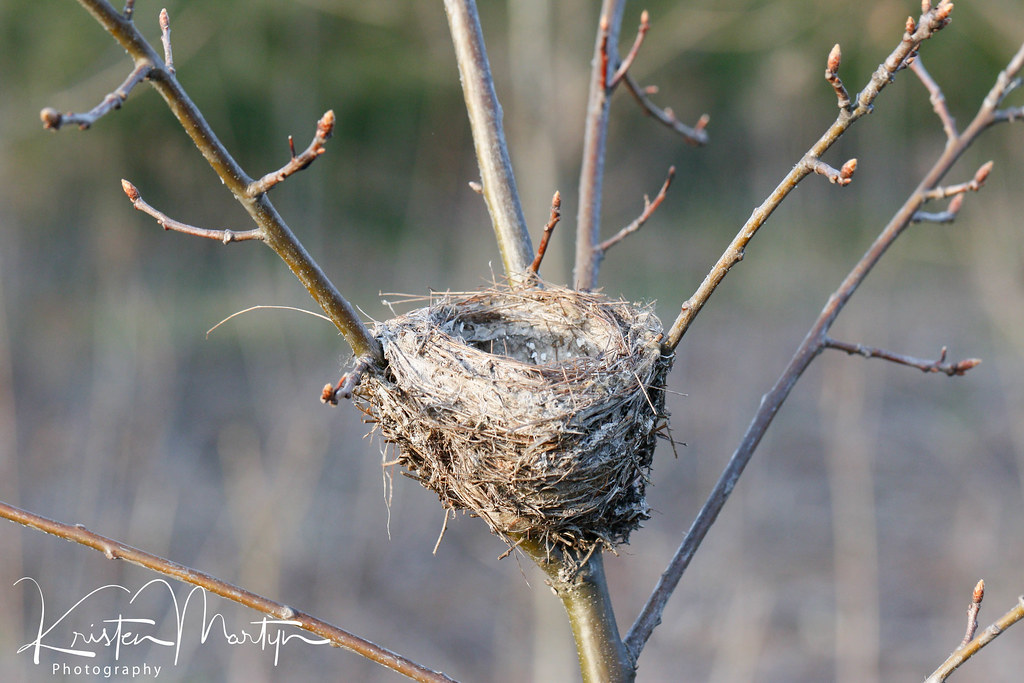 |
| Old American Goldfinch Nest Found in the Early Spring (Held Up Well Through the Winter!) |
Note: Please do not offer dryer lint to your birds for nesting material it is full of chemicals and retains moisture which is harmful to baby birds.
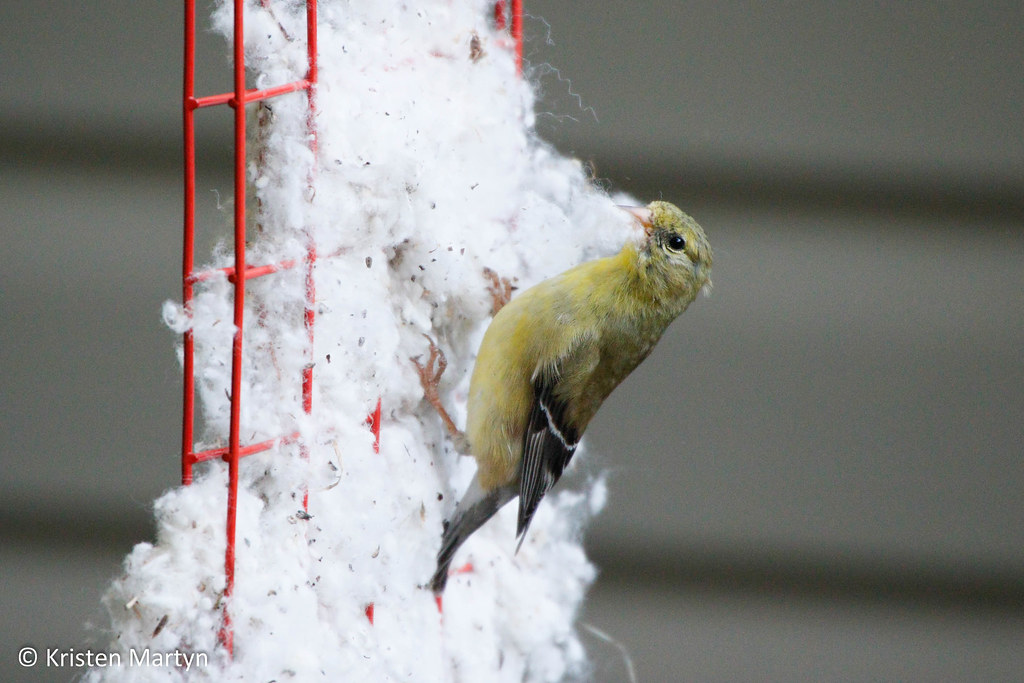 |
| Female American Goldfinch Collecting Hummingbird Helper Nesting Material |
Parenting Style
American Goldfinch pairs raise their young ones as a team. Both mom and dad look after the young, in fact male goldfinches are excellent fathers. The female will lay between 2-7 eggs (pale blue in colour) and they can raise up to two broods in a season- depending on how early they begin nesting and food availability. After the eggs are incubated for about 2 weeks they hatch. The hatchlings are in the nest for about another 2-2.5 weeks before they fledge. In my observations the parents look after the fledglings for about another 2 weeks before encouraging them to fend for themselves. See video below of a male American Goldfinch feeding his fledgling.
Why the Long Wait?
Compared to many of our year round resident backyard birds (American Goldfinches move around in winter, but many stay in Ontario year round) goldfinches nest very late in the season. My backyard pairs of Black-capped Chickadees, Downy Woodpeckers, Hairy Woodpeckers and White-breasted Nuthatches have all raised their broods and are done for the season. Whereas, my backyard Northern Cardinals, Mourning Doves and House Finches are already onto raising their second broods. My migrant backyard birds are also ahead of the goldfinches, Baltimore Orioles and Rose-breasted Grosbeaks have young ones just beginning to come to the bird feeders. So, why would a year round resident bird wait so long before raising a family? Simple, food. American Goldfinches are the closest thing to a herbivore we have in the backyard bird world. Yup, their diet is almost exclusively seeds and grasses. While most birds time the arrival of their young ones with the availability of insects, goldfinches have to wait until the wildflowers, grasses and shrubs have enough seeds available to sustain their offspring. They are also happy to bring their fledglings to bird feeders to feed on their two favourite foods 1. Sunflower Chips (Black-oil Sunflower without shells) and 2. Nyjer. Our WBU Finch Blend combines both ingredients and in our personal experience is preferred 10:1 over straight Nyjer.
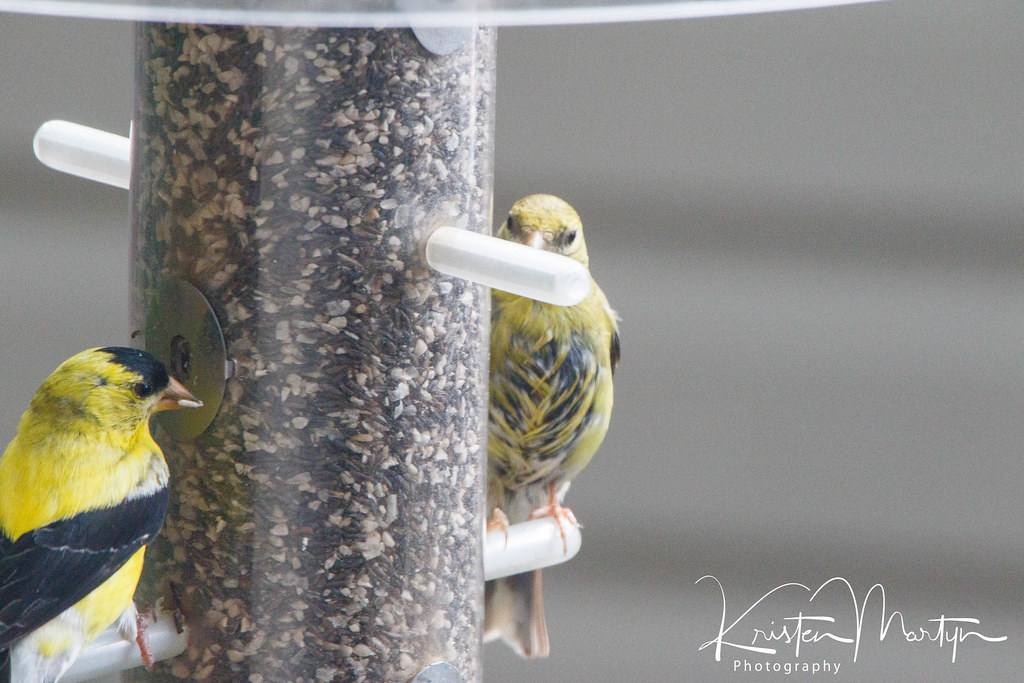 |
| American Goldfinch with Brood Patch after Incubating Eggs |
Yay! Baby Goldfinches Means More Birds at My Feeders...Or Does It?
With the fledglings out you may think this means your feeders will be bustling with finches; but what you might notice is activity decreasing greatly or dropping off altogether for 1-1.5 months (August-September). While, there are more birds around, parents will always search for natural food sources to feed their young ones, supplementing their diet with 10-20% foods offered at feeders (sunflower chips and Nyjer primarily). This is generally the case for all bird parents. So, if nature has provided lots of seeds during the summer your goldfinches may be scarce, but they will always return once the young ones have been raised. So don't panic if your goldfinches disappear for a little while. Remember females are nesting building and incubating eggs July and August, and parents are off feeding their demanding fledglings August and September. How can you encourage goldfinches to visit your feeders during the breeding season? Keep your feeders fresh because goldfinches are picky eaters and won't eat stale or spoiled food. Here are 5 tips to keep your finches at your feeders during the breeding season:
- Refresh food about once every 1-2 weeks.
- Only fill your feeders half way if your not seeing a lot of activity and fill them up full once the finches return.
- Use Feeder Fresh to keep seed fresher longer: https://barrie.wbu.com/content/show/100606
- Use weather guards on feeders to keep the food dry and fresh: https://barrie.wbu.com/content/show/100739
- Shake your feeders and regularly flip them upside down and right side up to move the seed around to prevent caking.
While we typically hear about a bit of a drop off in goldfinch activity
during the breeding season, in my experience parents are happy to bring
their young ones to the feeders on a daily basis to keep their belly's
full. Baby finches are very demanding and noisy, but a joy to watch with
their parents- so don't give up and keep those feeders going even during a lull!
Native Plants and Finch Families
 |
| American Goldfinch Female Eating WBU Finch Blend |
Native Plants and Finch Families
We always advocate the combination of native plants and bird feeders in an outdoor space. The native plants provide a vital source of food and habitat for songbirds, while bird feeders greatly help to supplement their diet. As recent studies have shown a consistent food source, such as a bird feeder, contributes overall to better health in feeder birds. Goldfinches are a songbird that really depends on a source of native seeds. In particular they are very fond of: Black-eyed Susan, Purple Coneflower, Pale Purple Coneflower and several species of goldenrods. As it turns out these plants are late summer bloomers that offer great colour to a garden in the late summer and fall. I would strongly suggest offering some of these plants for finches to help encourage them to stay in your area throughout the breeding season.
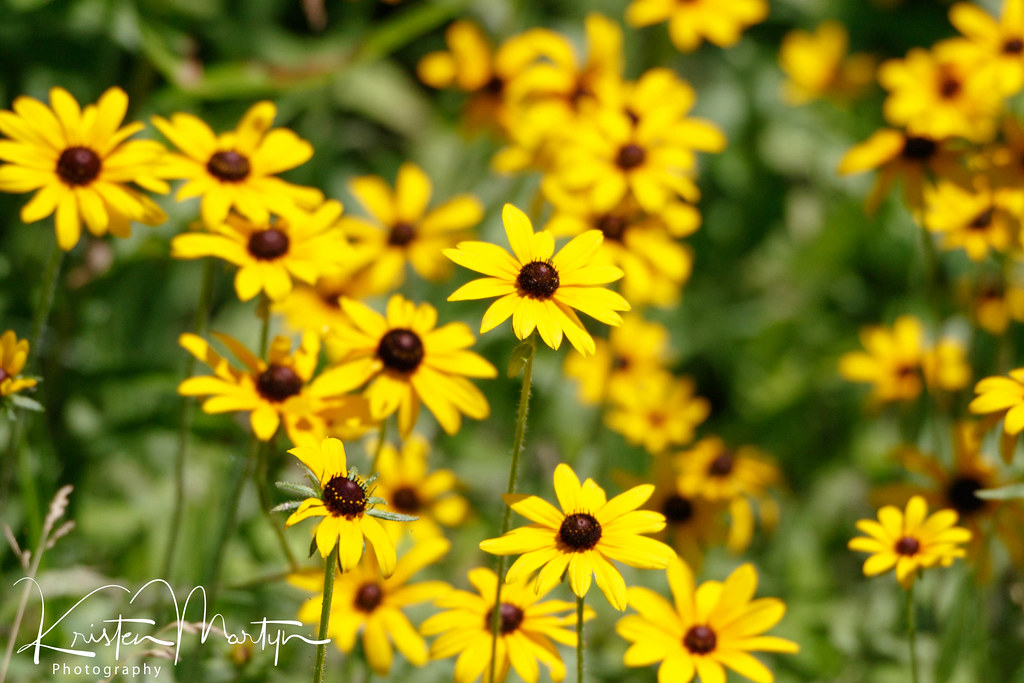 |
| Black-eyed Susan (Rudbeckia hirta) |
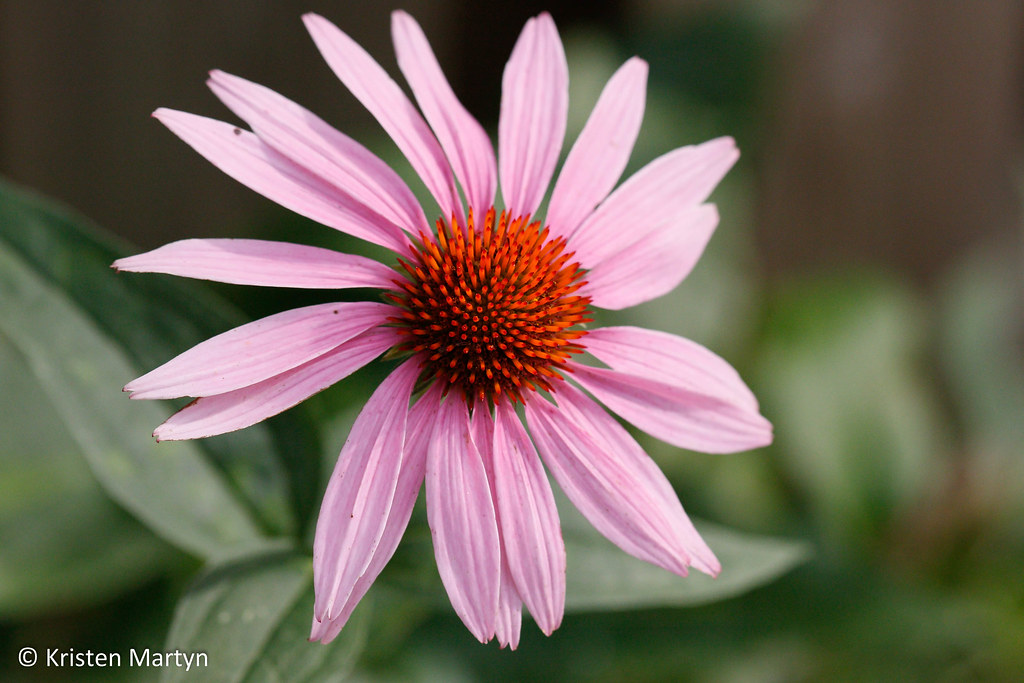 |
| Purple Coneflower (Echinacea purpurea) |
We would love to see photos of your goldfinch families and hear of any updates on the status of your breeding finches. Please leave comments here or share your info on our Facebook page.
Enjoy the finches!
~Kristen

















Beautiful pictures.
ReplyDeleteThank you kindly! :)
Delete